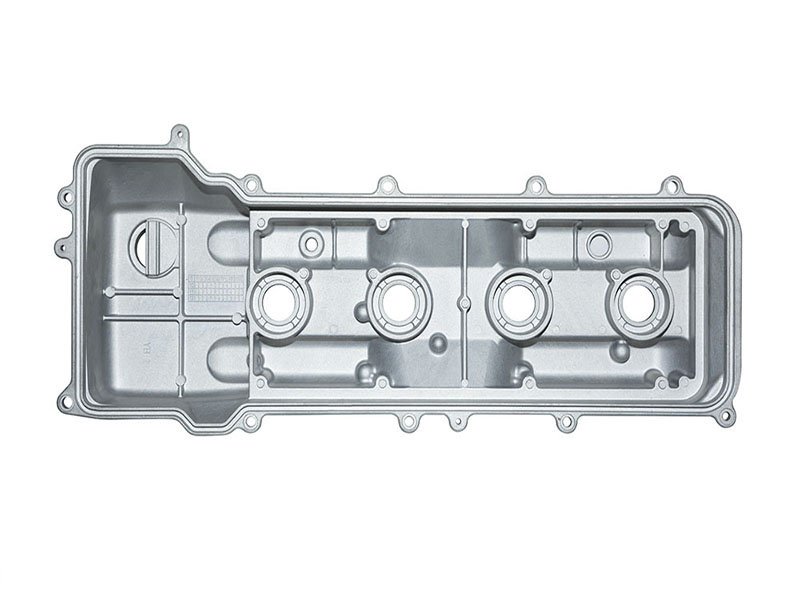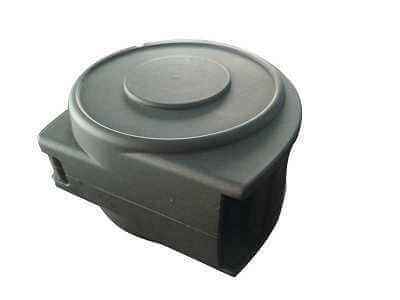In the foundry, the liquid metal is injected into a die of the exact form in which, under pressure, it solidifies. The alloys cover materials with lower melting points such as tin, lead and zinc alloys, those with mid-range melting points such as aluminum or magnesium and their alloys, to copper alloys with higher melting points.

In the cold chamber zinc casting process, the melting of the metal to be processed is extracted in gear portions from a dosing oven and introduced into a casting chamber using a casting device. Then, the metal that is poured is pressed into the mold with a hydraulically driven plunger. Because the casting chamber does not come into contact with the liquid fusion during the entire casting process, therefore it is cold in contrast to the fusion; the term cold chamber process is used. In the hot chamber casting process, the casting chamber is in constant contact with the fusion. This chamber is at laundry temperature.

As aluminum alloys and copper alloys react with the steel in the casting chamber, a longer contact of this fusion with the tool components causes erosion and corrosion. These metals are processed using the cold chamber procedure, for this reason. To guarantee even the casting of the dies without premature solidification also in the thin pieces, the melt is molded at a pressure of 200-300 bars. Due to these high-pressure conditions, smelting processes take place correspondingly quickly. Even cast aluminum dies weighing several kilograms are filled in seconds. Today, approximately 80% of aluminum castings are produced using the cold-chamber die casting process.
How does the high-pressure casting process work?
In the high pressure die casting process, the molten metal or metal alloy is injected into the mold at high speed and high pressure. Horizontal high-pressure casting machines ensure that the die is completely closed. They are classified according to the amount of closing force they can apply. Depending on the metal used, the injection unit that fills the mold can be a hot chamber or cold chamber. In hot-melt die-casting, the metal is kept inside the die-casting machine itself, then it is extracted into the chamber and the action of the injection piston introduces it into the mold. These parts of the machine are always in contact with the molten metal.

In the cold chamber process, the metal is first melted in a separate oven and transferred to a maintenance oven; then, it is poured into a filling chamber and injected into the mold.
Advantages of the high-pressure casting process
Zinc alloy die casting technology can produce very large alloy parts in high volumes and at high speed. These machines produce lightweight alloy parts with great precision, a superior surface finish, excellent uniformity, and optimal mechanical properties. The high-pressure casting process can also produce components with thin walls and cast pieces together with different types of parts, such as screws and coatings, which are then an integral part of the product itself.
